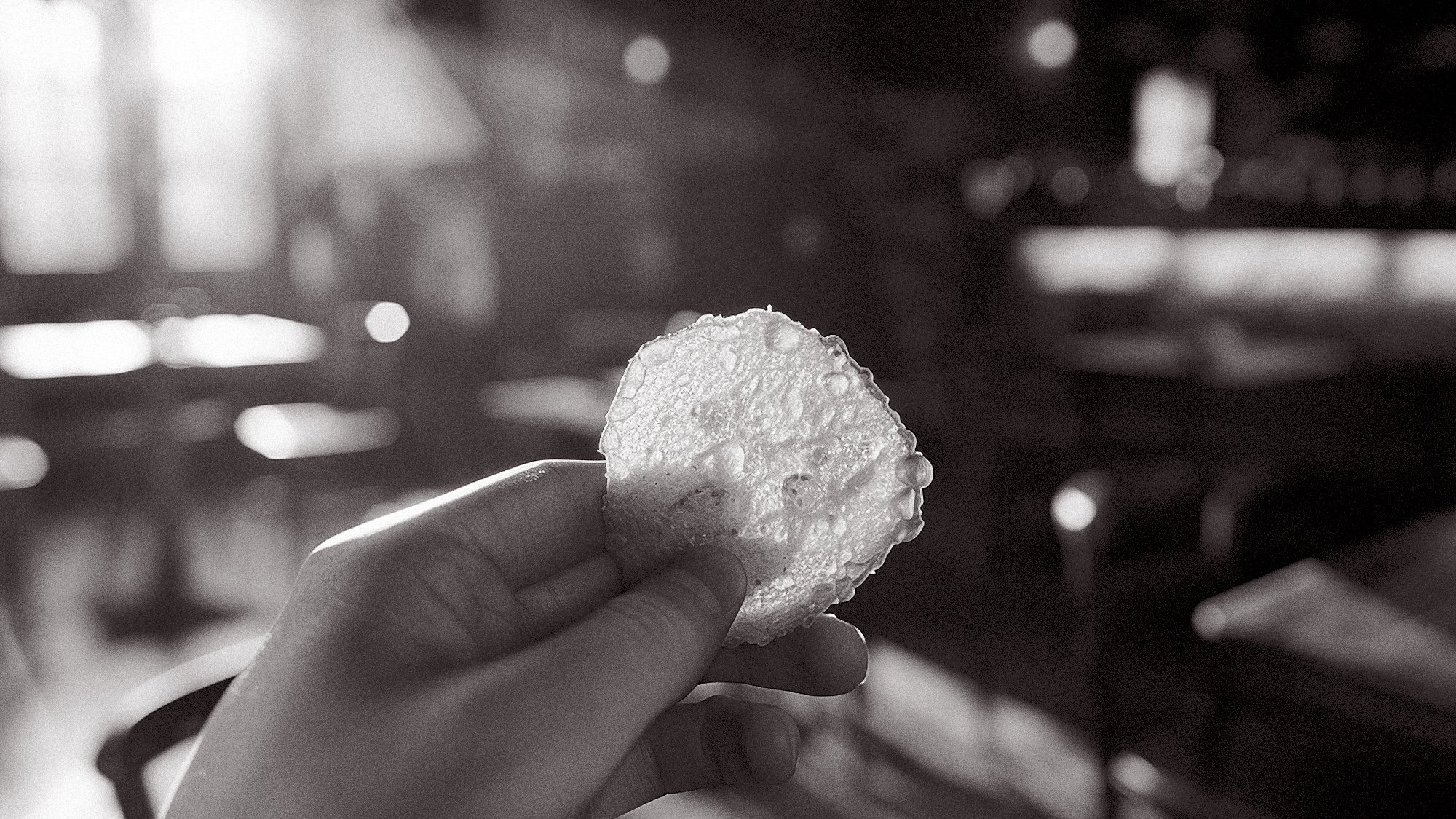Panem et Circenses

17.04.2024

Potato chips: a tale of accidental innovation, savvy marketing, and enduring appeal. From a kitchen mishap in 1853 to a $34.5 billion global market, long-time FOLIO contributor, William Raynar, delves into the crunchy history of everyone's favourite indulgence.
Crisps or chips? Whatever you call them, these crunchy, fried potato mouthfuls are more than just a snack. Since originating in the middle of the 19th-century, they have evolved into a widespread indulgence (with little, if any, nutritional benefit) and a global market which, in 2023, was valued at a staggering $34.5 billion.
According to legend, the potato chip's journey began with a wealthy patron's culinary challenge. Much like John Montagu with the sandwich, American railroad and shipping magnate Cornelius Vanderbilt played a pivotal role in its invention. The story goes that one day in 1853 while eating at a restaurant in Saratoga Springs, he was unhappy with his too-thick fried potatoes and sent them back to the kitchen. To appease Vanderbilt’s demands, chef George Crum cut potatoes into super-thin slices, fried them quite literally to a crisp, and offered them up as a joke (it backfired – he loved them), inadvertently creating the first potato chips.

By the early 1930s, these savoury morsels were being mass-produced and distributed by the likes of Herman Lay, founder of Lay’s potato chips (now Frito-Lay part of Pepsico). Around the same time, public relations guru Edward Bernays was famously quoted as saying: ‘people want to go where they wanted to be led’, which marked a pivotal shift in marketing strategies towards tapping into the herd-mentality and desire-driven consumer behaviour. Advertisers embraced this notion, combining the idea of products as treats with clever packaging to kickstart a grazing culture that remains today.
There was a temporary blip in World War II when potato chips were labelled as nonessential food, leading to a halt in production. However, manufacturers protested this decision, convincing the War Production Board to reverse its ruling. As a result, popularity increased both during and after the war. In the 1960s, competition ramped up with the invention of Doritos and Pringles although both are classified as using compound potatoes, indicating they're not even made from whole potato slices.

Now consider the Super Bowl, a coliseum of modern excess, where indulgence is not only expected but exalted. This year’s halftime Pluto TV ad was a favourite, with its glorification of couch potatoes (think actors dressed as potatoes and quotations such as ‘couch potatoes grow big and strong here’). But Doritos remains the leader of the ad pack with its history-making ‘Crash the Super Bowl’ campaigns which ran from 2006 to 2016. In a stroke of marketing genius, the company encouraged the public to create their own ads, with the promise of at least one airing each year (the ‘Doritos Finger Cleaner’ in 2014 stands as the pinnacle of bad taste).
Even though eating well is high on the health-conscious agenda these days, snack spending – and the amount of money poured into those Super Bowl ads by big brands – suggests that our love of potato chips isn’t waning despite knowing that they aren’t good for us. In ancient Rome, there was a saying, panem et circenses (bread and circuses) which relates to how people were kept happy with food and shows. And the Super Bowl audience isn’t so different, glued to the game while munching on bags of moreish potato chips. Whatever else is happening in the world, for the potato chip business, things look pretty good.